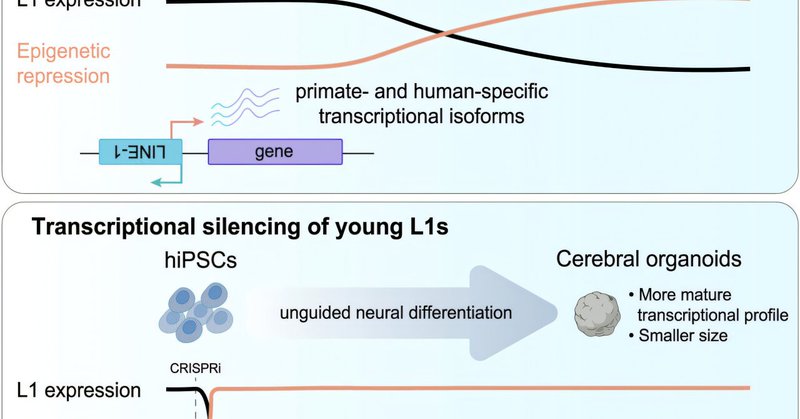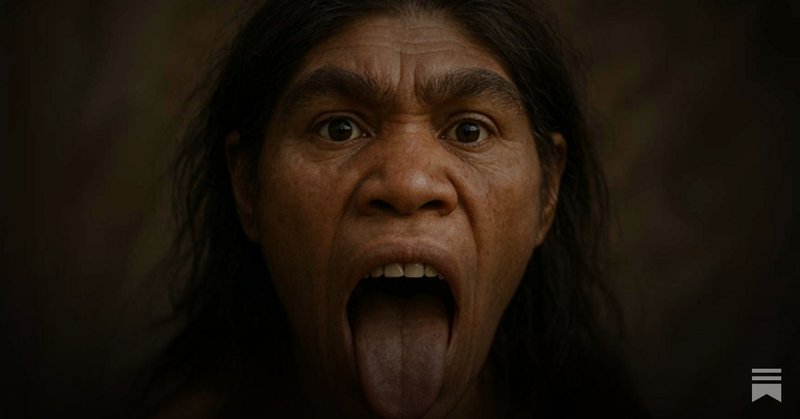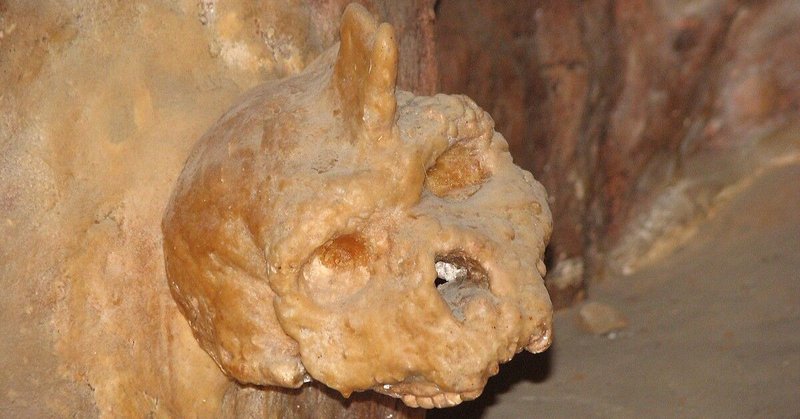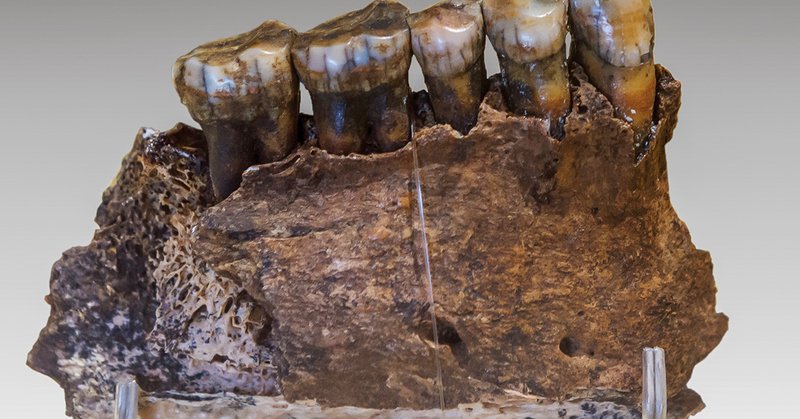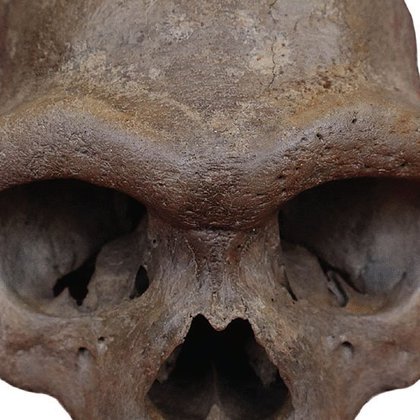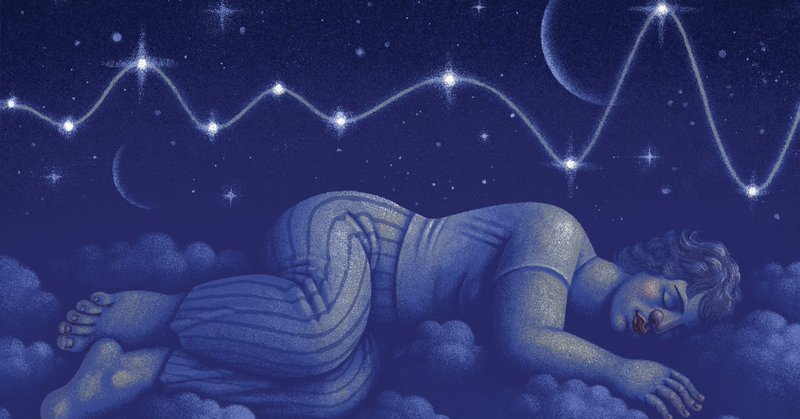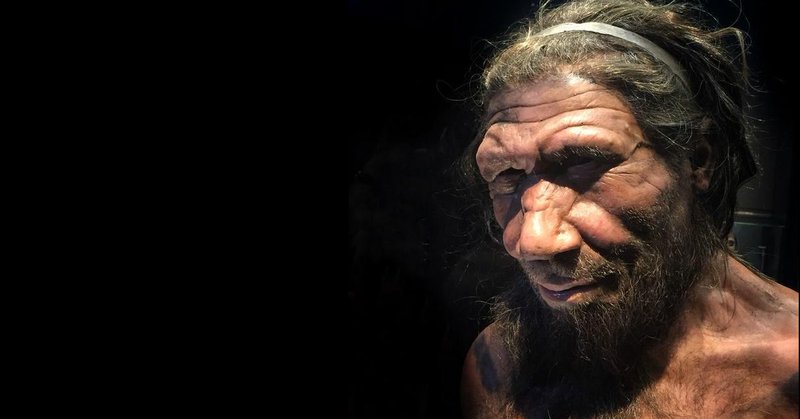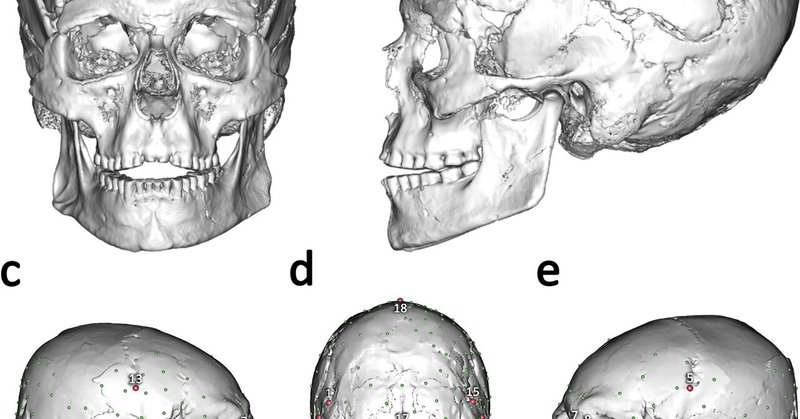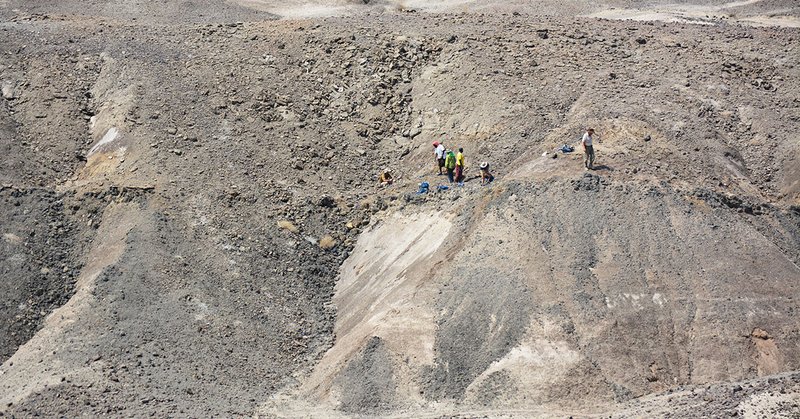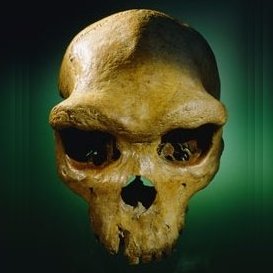
PaleoAnthropology+
@Qafzeh
Followers
50K
Following
42K
Media
17K
Statuses
56K
Human Origins, Hominin Fossils, Biological Anthropology #Evolution #Fossils #HumanEvolution #Science https://t.co/85WlDbLDzC
Pale Blue Dot
Joined May 2011
RT @ChrisStringer65: Why repetitive DNA matters for human brain evolution and disease
phys.org
For decades, large stretches of human DNA were dismissed as "junk" and considered to serve no real purpose. In a new study published in Cell Genomics, researchers at Lund University in Sweden show...
0
2
0
RT @CENIEH: #ICTSNews @DEATHREVOL1 .Traces of Neanderthal funerary behaviors unearthed in the Iberian Peninsula . info: .
0
12
0
RT @ChrisStringer65: Mapping Interactions of H. neanderthalensis and H. sapiens from the Fossil and Genetic Records
0
1
0
RT @ChrisStringer65: #FossilFriday The fascinating fossil human record of Australia (e.g. Kow Swamp 1, pictured) could be studied by a whol….
0
25
0
RT @johnhawks: Published this week was one of the best evolutionary stories I’ve seen in a while. In a game of “genetic telephone” a 72-kb….
johnhawks.net
A “genetic sandwich” reveals how a block of DNA entered several populations successively and was affected by natural selection.
0
52
0
RT @ChrisStringer65: Mysterious 300,000-year-old Greek cave skull was neither human nor Neanderthal, study finds | Live Science https://t.c….
livescience.com
Researchers have dated the mysterious skull from Petralona Cave in Greece to 300,000 years ago and concluded that the fossil belonged to an ancient human group that lived alongside Neanderthals.
0
33
0
RT @ChrisStringer65: Dingoes are not domestic dogs – new evidence shows these native canines are on their own evolutionary path https://t.c….
theconversation.com
New research suggests dingoes are distinct enough to have their own scientific name. If this is accepted, it will have far-reaching consequences
0
23
0
RT @ChrisStringer65: Palaeolithic female figurine in green steatite, from Balzi Rossi, Liguria. Photo Don Hitchcock.
0
18
0
RT @abalzeau: Nouvel article sur le lien entre le cerveau et l'endocrâne en accès libre #OpenAccess @BrainPaleo . Brain vs. endocast: Does….
onlinelibrary.wiley.com
This study investigates whether endocranial size reflects brain volume in humans using MRIs of 75 living individuals. We measured the actual volume of an individual’s brain, and the volume and...
0
8
0
RT @ChrisStringer65: DNA from ancient bones reveals how Indigenous Americans got their mucus | Science
science.org
Neanderthals and Denisovans passed along gene that provides a sticky shield against germs
0
5
0
RT @ChrisStringer65: Discovering Denisova | Science
science.org
A pair of authors invite readers to get to know the elusive archaic human
0
3
0
RT @ChrisStringer65: The first Sahelanthropus fossils were found in 2001. The controversies about them continue…The curse of Toumaï: an anc….
theguardian.com
The long read: When fossilised remains were discovered in the Djurab desert in 2001, they were hailed as radically rewriting the history of our species. But not everyone was convinced – and the...
0
9
0
RT @ChrisStringer65: Palaeolithic figurine from Barma Grande, Liguria in yellow steatite, dated ~20,000 years old. Photo from Cohen (2003)….
0
44
0
RT @ChrisStringer65: How Sleep Cleans the Brain and Keeps You Healthy | Scientific American
scientificamerican.com
Washing waste from the brain is an essential function of sleep—and it could help ward off dementia
0
2
0
RT @johnhawks: While no extinct hominins lived in North America—as far as we know—institutions in the United States do hold several of them….
0
7
0
RT @ChrisStringer65: Gene that differs between humans and Neanderthals could shed light on the species' disappearance, mouse study suggests….
livescience.com
A gene called ASDL, which helps synthesize DNA, differs between modern humans and our extinct human relatives. The findings could shed light on why Neanderthals vanished.
0
7
0
RT @ChrisStringer65: A new analysis of the neurocranium and mandible of the Skhūl I child: Taxonomic conclusions and cultural implications….
0
4
0
RT @newscientist: Some 2.6-million-year-old teeth found in Ethiopia hint that an unknown species from the Australopithecus genus coexisted….
newscientist.com
Some 2.6-million-year-old teeth found in Ethiopia hint that an unknown species from the Australopithecus genus coexisted with one of our Homo relatives, but it is hard to draw firm conclusions from...
0
7
0
RT @robertosaezm: Alargamiento del cráneo con motivo cultural en Europa hace 12 ka;.Elongated skull from Italian cave reveals earliest Euro….
phys.org
A University of Florence–led team reports early Eurasian evidence of artificial cranial modification (ACM) in a Late Upper Paleolithic individual from Arene Candide Cave, Italy. Shape analyses place...
0
14
0
RT @evolutionscribe: Fossil teeth reveal a previously unknown human ancestor from eastern Africa | Science | AAAS
science.org
Scientists say the teeth belonged to a type of Australopithecus, a relative of Lucy’s species, that coexisted with our genus, Homo
0
18
0

